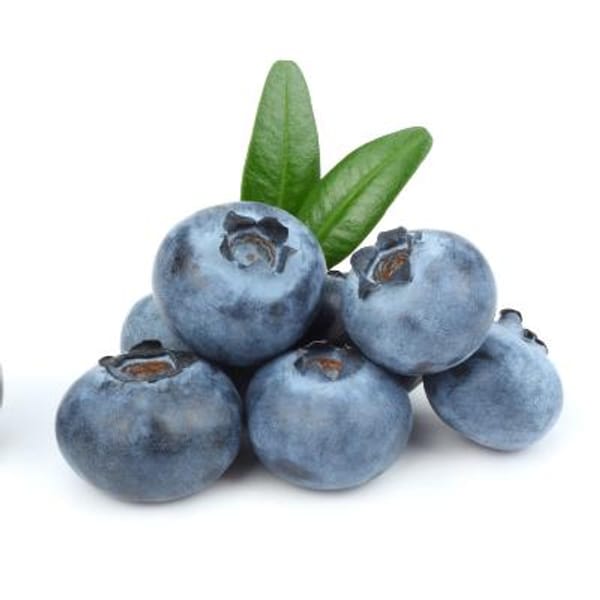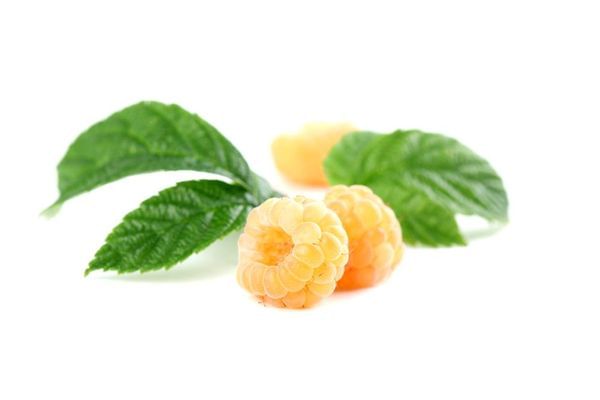Pruning Blueberries is simple, but there are a few tricks to improve both fruit size and quality.
Start in the winter with the basics. Begin by removing dead wood, or twiggy non-vigorous
wood that has lost all color. Then, remove damaged or broken wood and limbs with sunburn or
bug damage. Finally, remove diseased wood which is usually blotchy colored growth on the
canes or leaves. Look for places that may act as a way in for pests or diseases and remove
them.
Once you have cleaned the plant of the dead, damaged, and diseased wood, prune for shape
by leaving around 5 healthy canes per bush and bringing them down to 2-3 ft in the winter.
Remove low growth around the base. If it doesn't grow up, prune it out.







